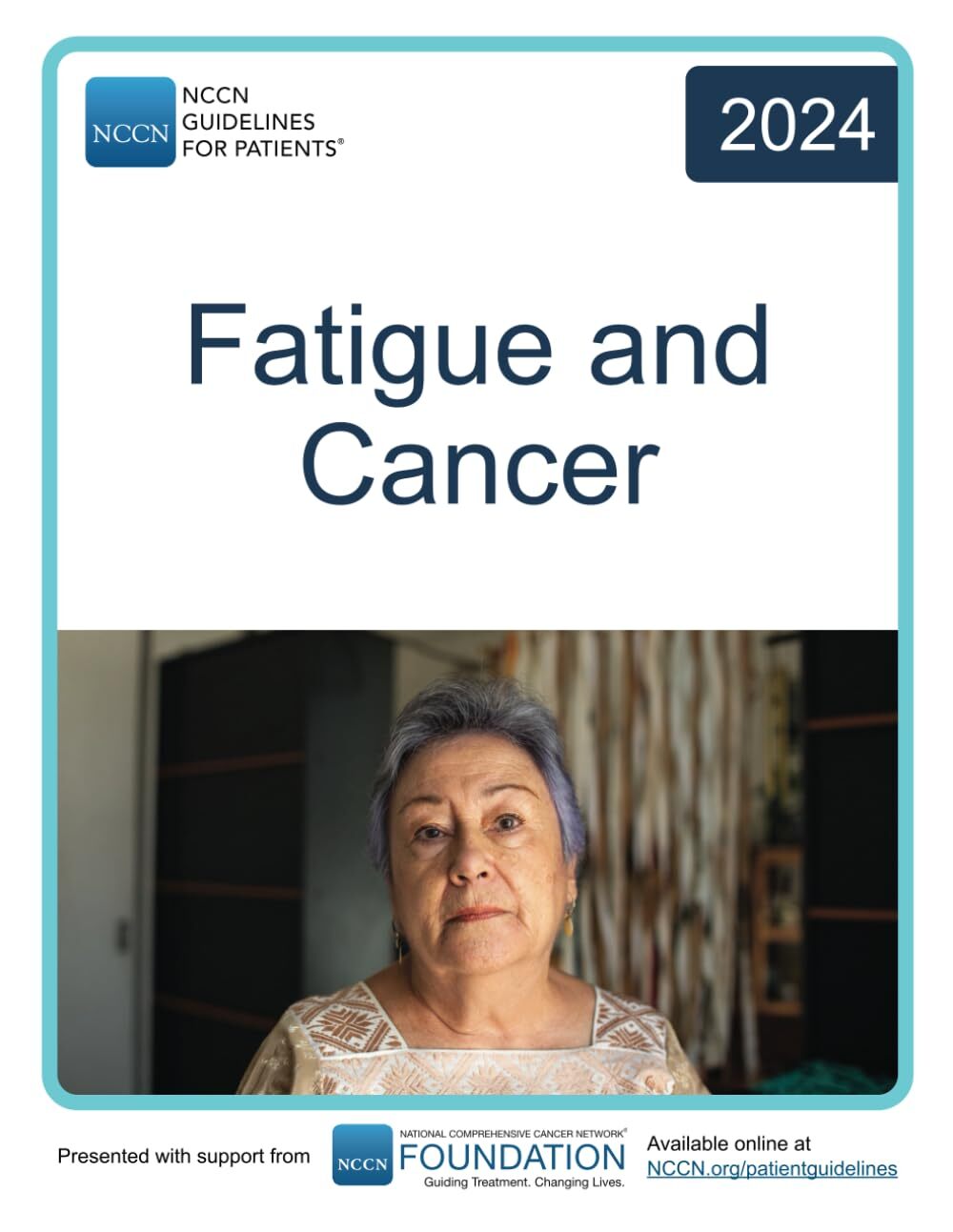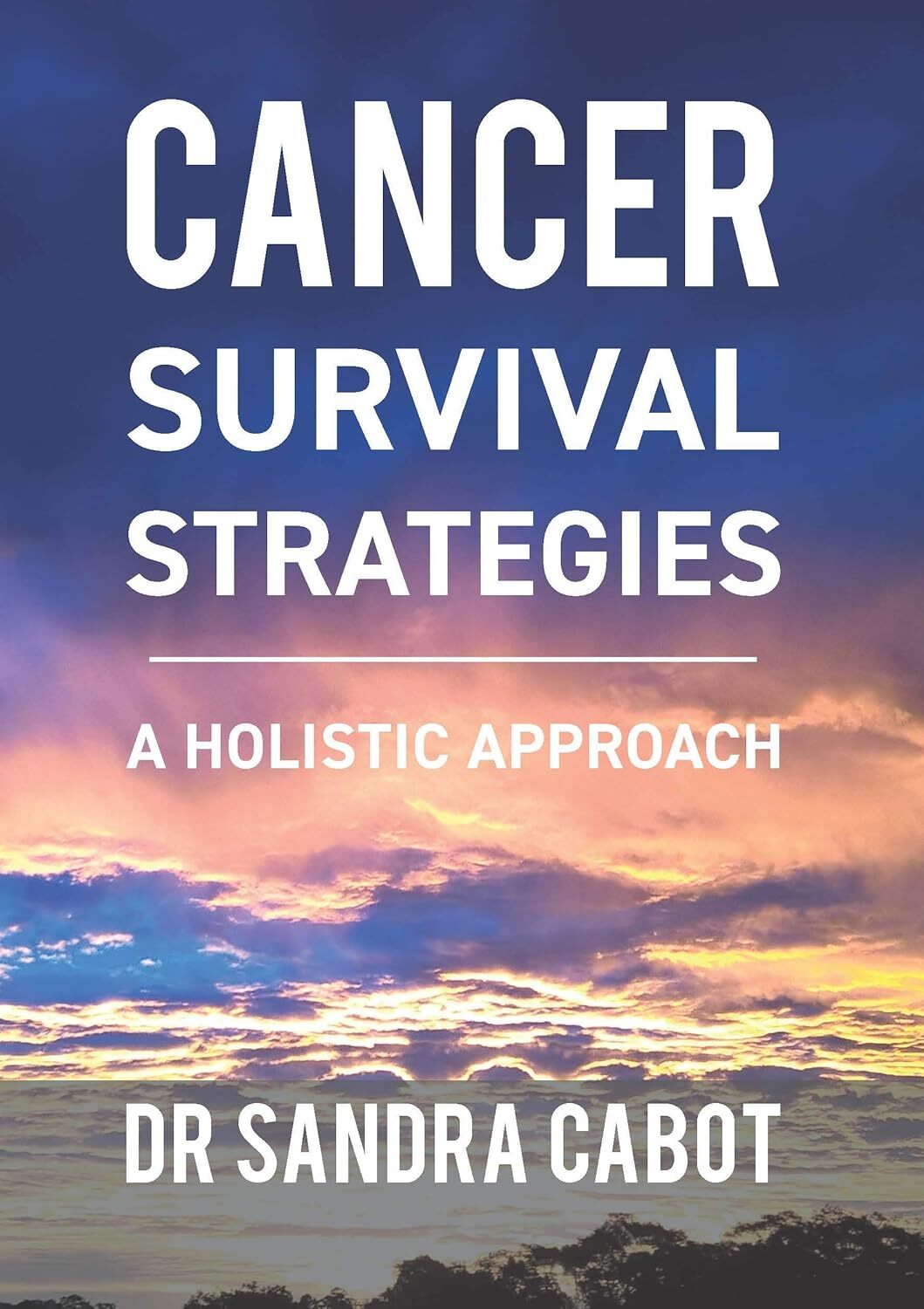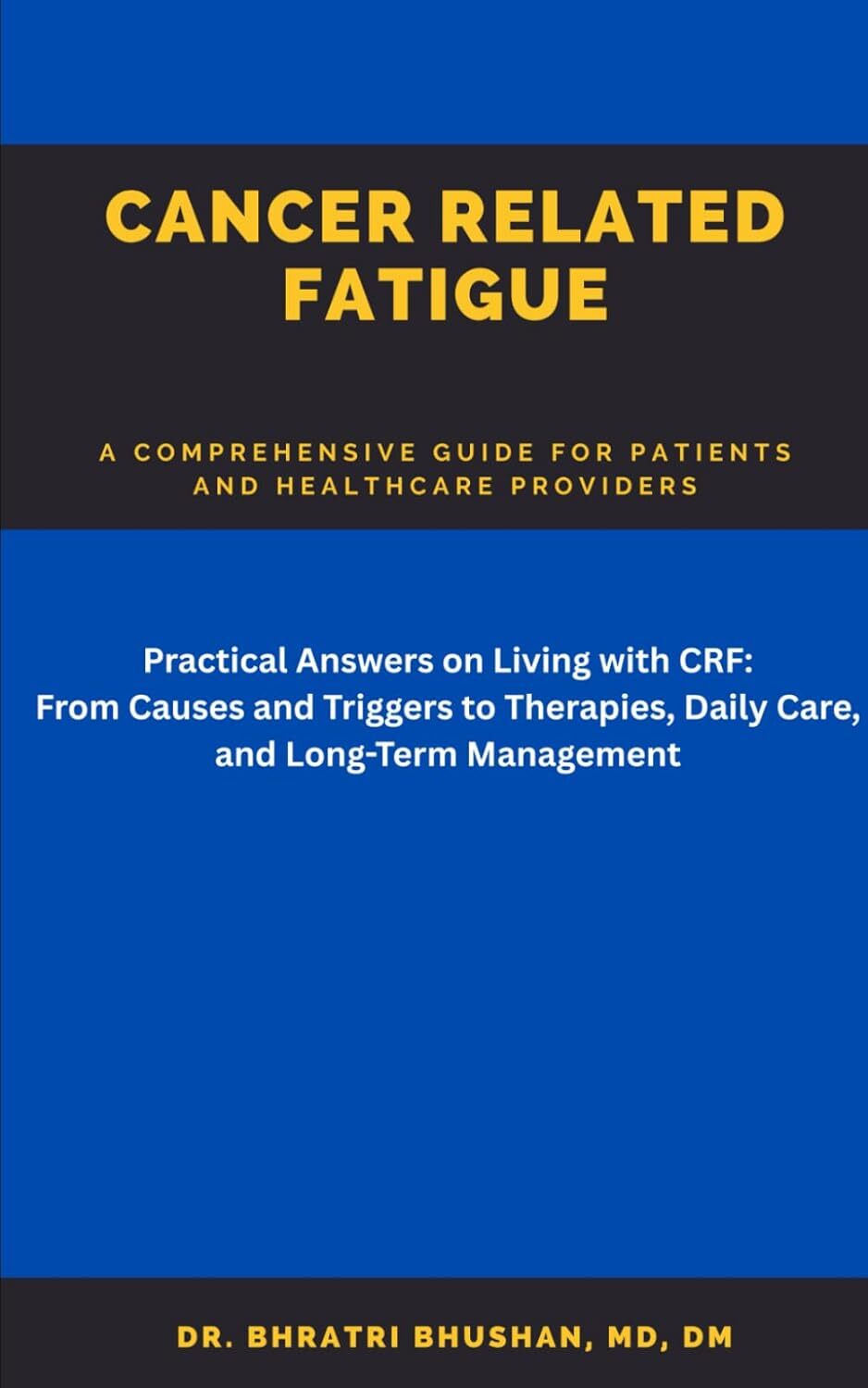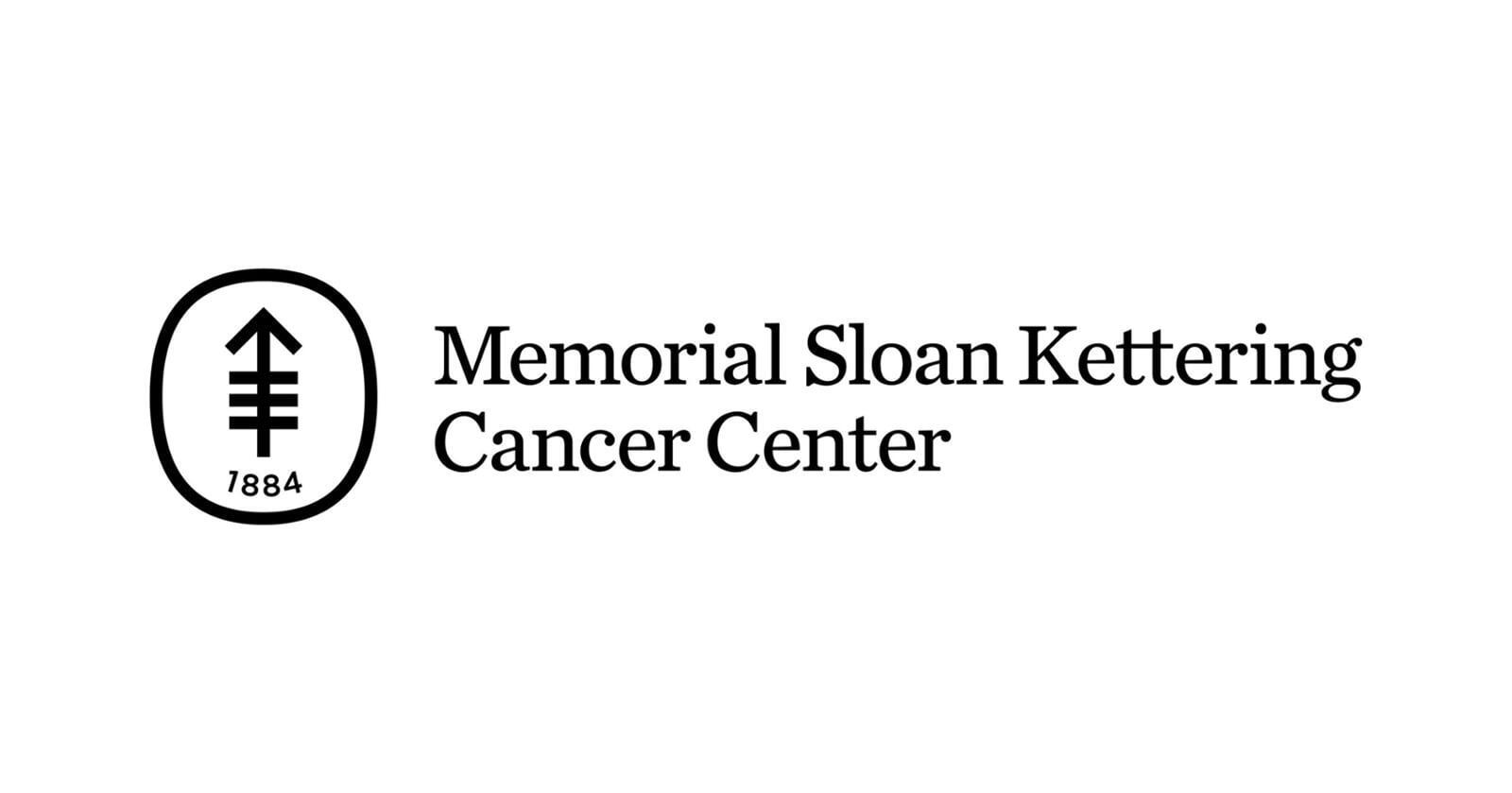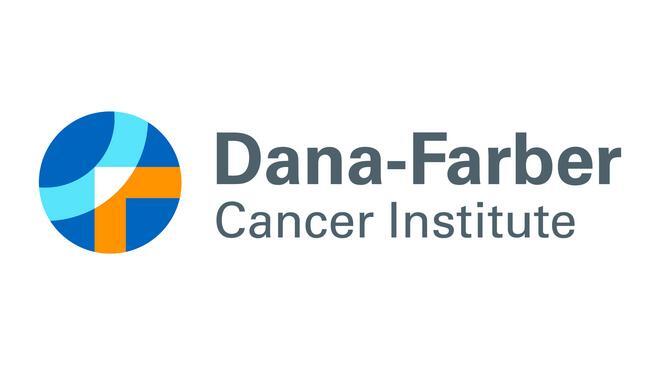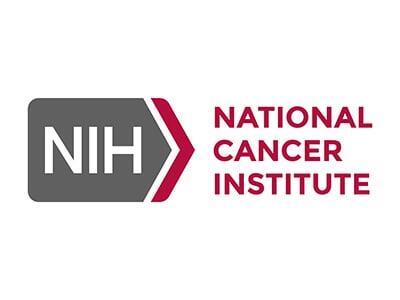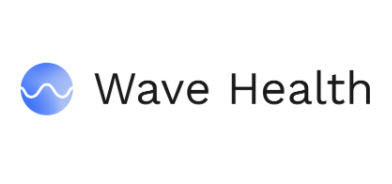Energy Audit
Understanding Energy Costs as a Way to Promote Energy Conservation

Introduction
Energy Audit is a self-assessment tool with a special focus on how social interactions influence vitality, as well as, daily activities, energy levels, and their impact. For cancer survivors, it fosters awareness of energy patterns, helping to prioritize meaningful connections and manage fatigue across all recovery stages.
Why It Works
Energy Audits reveal how social interactions, alongside other activities, affect energy levels, enabling cancer survivors to optimize their routines for better physical and emotional health. Positive social engagements can reduce stress, enhance mood, and combat cancer-related fatigue, while overtaxing interactions may drain energy. Research shows that structured energy tracking, especially when factoring in social connections, improves fatigue management, emotional resilience, and quality of life in survivors.
How To Do It
Instructions:
A. Simple Method:
Helpful Tips:
- Start small: Track 2-3 social activities daily to ease into the process.
- Prioritize connection: Note how specific people or group settings impact energy.
- Be honest: Record both positive and negative social effects without judgment.
- Use visuals: Apps or charts can highlight social-energy patterns.
- Balance socializing: Pair social time with rest to avoid burnout.
- Track holistically: Include sleep, nutrition, and mood alongside social notes.
- Seek support: Share findings with a therapist or support group for deeper insights.
- Adapt for recovery: Adjust social commitments based on treatment phases.
- Celebrate connections: Acknowledge energizing interactions to boost motivation.
Recommended Videos
Energy Conservation for the Cancer Patient
Providence Swedish
Energy Conservation for Activities of Daily Living
Cancer Support Community Atlanta
Cancer Fatigue Treatment
Cancer Rehab PT
Influential Books
From the National Comprehensive Cancer Network (NCCN) comes this essential guide to Fatigue and Cancer.
In this groundbreaking book, Dr Sandra Cabot shows you how to harness your natural energy to improve your chances of cancer survival.
In these chapters, you will find not just medical facts, but also strategies for everyday living—how to conserve energy without guilt, how to use food and gentle movement for strength, how to sleep better, and how to talk to your care team with confidence.
* As an Amazon Associate I earn from qualifying purchases.
Helpful Websites
Popular Apps
Scientific Research
- van Veenendaal, N. S., et al. (2025). New insights into total and resting energy expenditure using state-of-the-art methods in cancer survivors. Clinical Nutrition, 44(10), 1702-1710. https://pubmed.ncbi.nlm.nih.gov/41015194/
- Jafari, S., et al. (2017). Effects of Energy Conservation Strategies on Cancer Related Fatigue in Breast Cancer Survivors: A Randomized Controlled Trial. Clinical Journal of Oncology Nursing, 21(3), E125-E132. https://pmc.ncbi.nlm.nih.gov/articles/PMC5454632/
- Op den Kamp, C. M., et al. (2020). Energy System Assessment in Survivors of Breast Cancer: A Feasibility Study. Medicine & Science in Sports & Exercise, 52(3), 678-685. https://pubmed.ncbi.nlm.nih.gov/32043129/
- Demark-Wahnefried, W., et al. (2022). Energy balance in cancer survivors at risk of weight gain: a review. Current Opinion in Clinical Nutrition & Metabolic Care, 25(5), 345-352. https://pubmed.ncbi.nlm.nih.gov/35984493/
Related Topics:
Strongly Related
Reduce Stress:
[Links to related web pages]
[Links to related web pages]
[Links to related web pages][Links to related web pages]
Moderately Related
Issue B:
[Links to related web pages]
[Links to related web pages]

